Discover Lanzarote's Volcanic Wonders
- Sal Schmidt
- Nov 15, 2024
- 2 min read
Updated: Dec 15, 2024
Welcome to Lanzarote, one of the Canary Islands off the coast of West Africa, administered by Spain. We prefer to avoid extensive research before our trips to preserve the element of surprise, and Lanzarote certainly astonished us. The volcanic and lava landscapes, the Fire Mountains, and the vineyards were breathtaking, complemented by majestic coastlines that add a diverse charm to the island.
Lanzarote, with its long history of volcanic eruptions, is often referred to as the 'Island of 1000 Volcanoes,' though it actually only has around 100 volcanoes. Timanfaya, also known as The Fire Mountains, is still geothermally active; the island's last major eruption occurred in 1824.
We began our day with a tour aptly named 'Capture the Moment.' It offered a perfect glimpse into Lanzarote's essence as a volcanic destination. Our tour started with a visit to Janubio Salt Flats, where salt is harvested. Historically, salt played a crucial role in preserving fish, which was the primary industry before tourism.
Next, we visited El Golfo, a small seaside village on the southwest coast of Lanzarote. El Golfo is located next to a spectacular semi-submerged volcano with a green lagoon and a crater lake, accompanied by thundering crashing waves, offering stunning viewpoints.
After El Golfo, we embarked on a picturesque drive to La Geria, the wine region. We stopped at Bodega La Geria, a local winemaker, for a tasting accompanied by some local cheese. It was a unique landscape of cones excavated from the volcanic ash, where the vines prosper to make delicious wines. Wine is grown in Lanzarote by digging a hole 3 m in diameter, 2-2.5 m deep, until the buried soil is found, where the vine is planted with deep root systems.
We concluded our day with a scenic coastal drive along Puerto Del Carmen, home to whitewashed villas, beaches, and dive centres. Here, we had additional free time to walk along the shores and soak up the views. We enjoyed watching catamarans rocking under a moody sky while the extra high tide gave the eager swimmers a refreshing swim.
Lanzarote is a beautiful island known as the "Island of Eternal Spring" due to its year-round warm weather. It's easy to understand why tourists are drawn here for a relaxing getaway. Lanzarote was our second destination on our 24-day West African cruise with Regent Seven Seas aboard the divine Splendor ship.
As every journey unveils quirky insights into local customs and natural phenomena, Lanzarote was no exception:
In Lanzarote, the departed are not buried in the ground but in walls, with the belief that a higher resting place brings the departed closer to divinity.
The island's Fire Mountains showcase a mesmerizing natural dance of explosion and implosion, a vivid demonstration of Earth's ever-changing landscapes.
Flamingos are naturally white or grey and owe their pink hues to their diet, a fascinating example of nature's adaptability. This fun fact popped up because, in the south of Lanzarote, there is a small yet very enticing stretch of white sand called Flamingo Beach.













































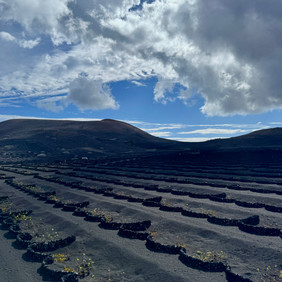

























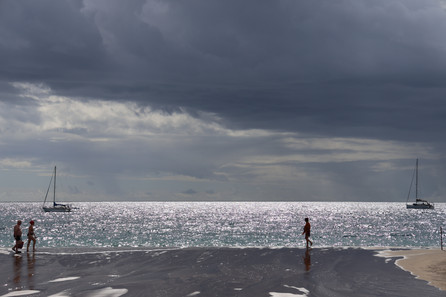

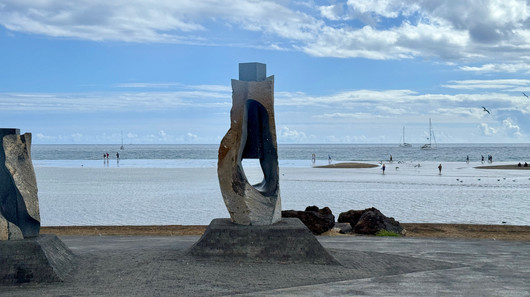

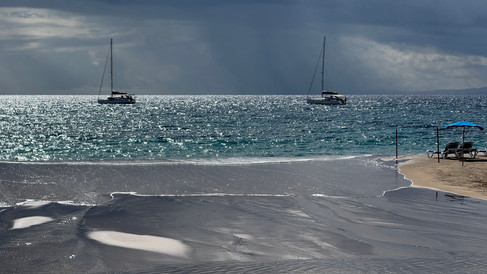

















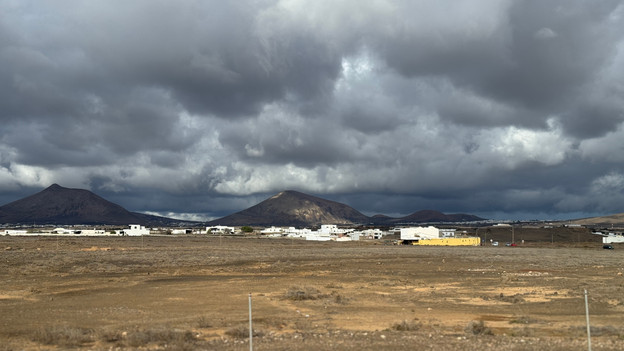
Awesome travel blog once again and the photos are so crisp.